GEOL 1602 Final Exam Study Materials - Key Terms and Definitions in Earth Science
1/48
There's no tags or description
Looks like no tags are added yet.
Name | Mastery | Learn | Test | Matching | Spaced |
|---|
No study sessions yet.
49 Terms
What are the characteristics of mammals?
fur or hair
four-chambered heart
mammary glands
warm-blooded
examples of mammals
mammoths
horses
saber tooth
ground hog
sloth
primates
age of mammals
existed since the Mesozoic
five types of igneous rock textures
phaneritic
porphyritic
aphanitic
glassy
vesicular
phaneritic rock texture
crystals are clearly visible
ex: granite
porphyritic rock texture
mix of ground mass (microscopic crystals) with some larger crystals
mixture of grain size
ex: andesite (black and white)
aphanitic rock texture
can't see the grain size
ex: basalt
glass rock texture
natural amorphous glass with few or no crystals
ex: obsidian
vesicular
contains many vesicles (holes), the gas in the magma evaporates from the rock
ex: scoria (very light)
mafic rock composition
plagioclase
pyroxene
olivine
felsic rock composition
quartz
feldspar
intermediate rock composition
plagioclase
pyroxene
olivine
five types of trace fossils
resting
dwelling
crawling
grazing
feeding
ichnology
study of traces
allows us to understand the water depth, currents, food supply, rates of deposition
tells us if the animal was resting, grazing, feeding, or dwelling
types of biozones
taxon range
assemblage
concurrent range
abundance (acme)
intrazone
taxon range biozone
body of rock representing the total geologic life span of an organism, one rock unit
interval of first appearance and last appearance
named after the fossil
assemblage biozone
body of rock with three or more taxa
concurrent range biozone
body of rock with two or more taxa
abundance (acme) biozone
a body of rock represented by the maximum abundance of some species, genus or other taxon
intrazone biozone
an interval that lack diagnostic fossils between 2 identifiable biozones
felsic
higher silicon content
lighter in color
types of felsic rock
rhyolite
granite
obsidian
type of intermediate rock
andesite
mafic rock
magnesium
basalt
gabbro
scoria
periodite
darker in color
aesthenosphere
liquid part of the mantle
transgression
sea advances across the continental craton
transgression rock sequence
limestone → shale → sandstone
regression
sea level recedes from the continental craton
regression rock sequence
sandstone → shale → limestone
three types of unconformities
non-conformity
disconformity
angular unconformity
non-conformity
sediment over a metamorphic or igneous rock
disconformity
sediment over sediment with parallel layers thhat are separated
angular unconformity
strata intersect a surface at an angle underneath the unconformity
granite
phaneritic
quartz + feldspar
intrusive
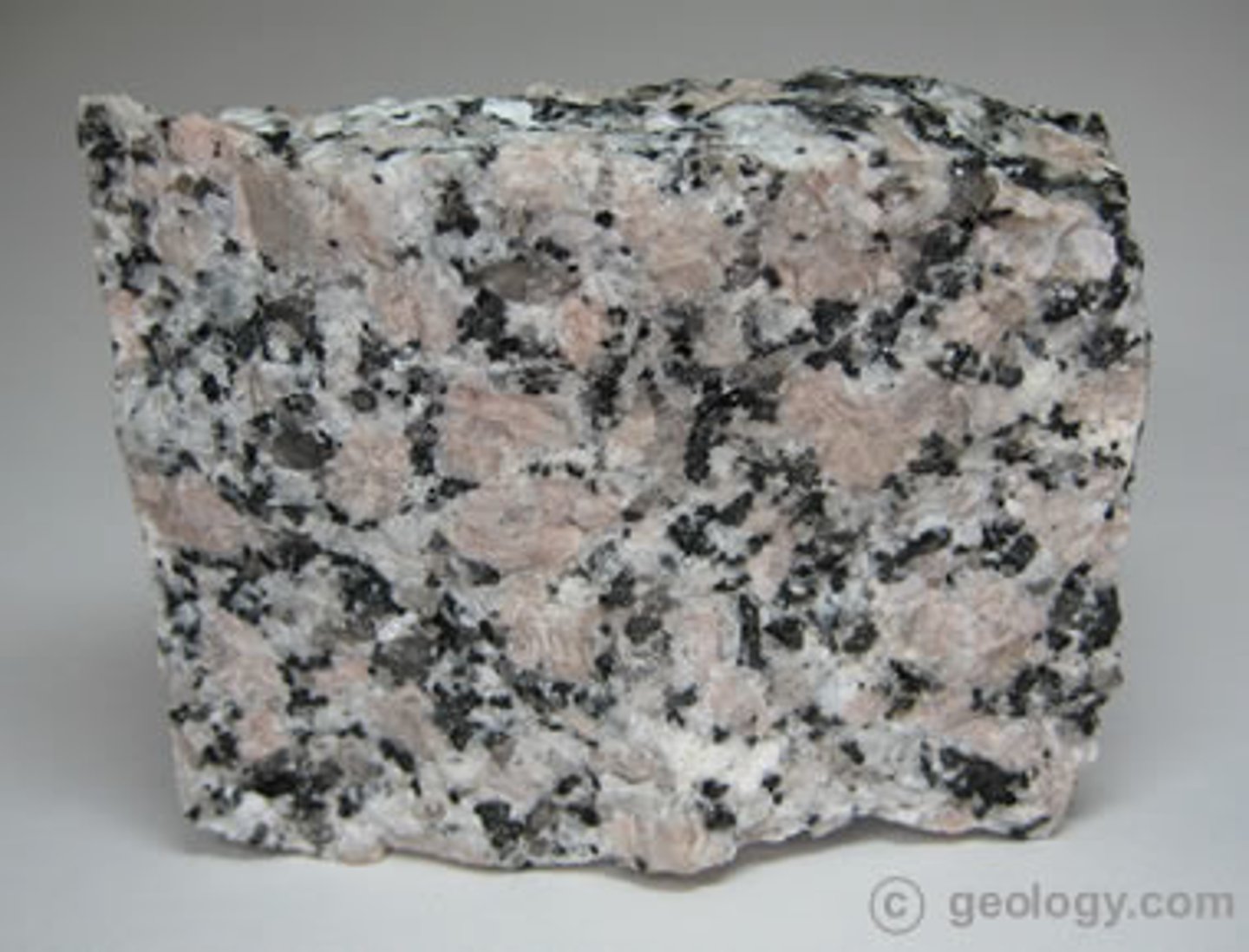
basalt
aphanitic
pyroxene
extrusive
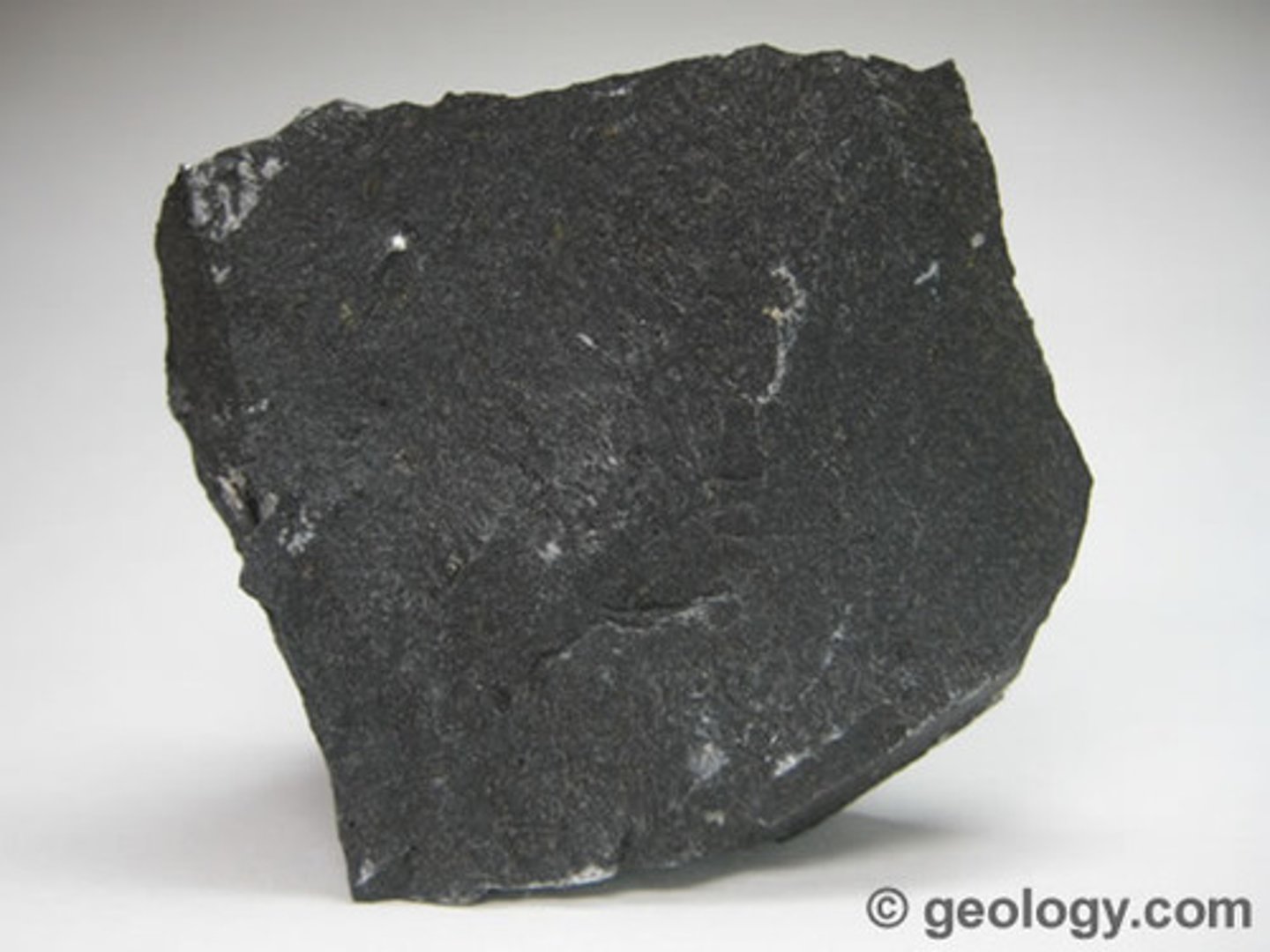
scoria
vesicular
olivine
extrusive

andesite
porphyritic
plagioclase
extrusive
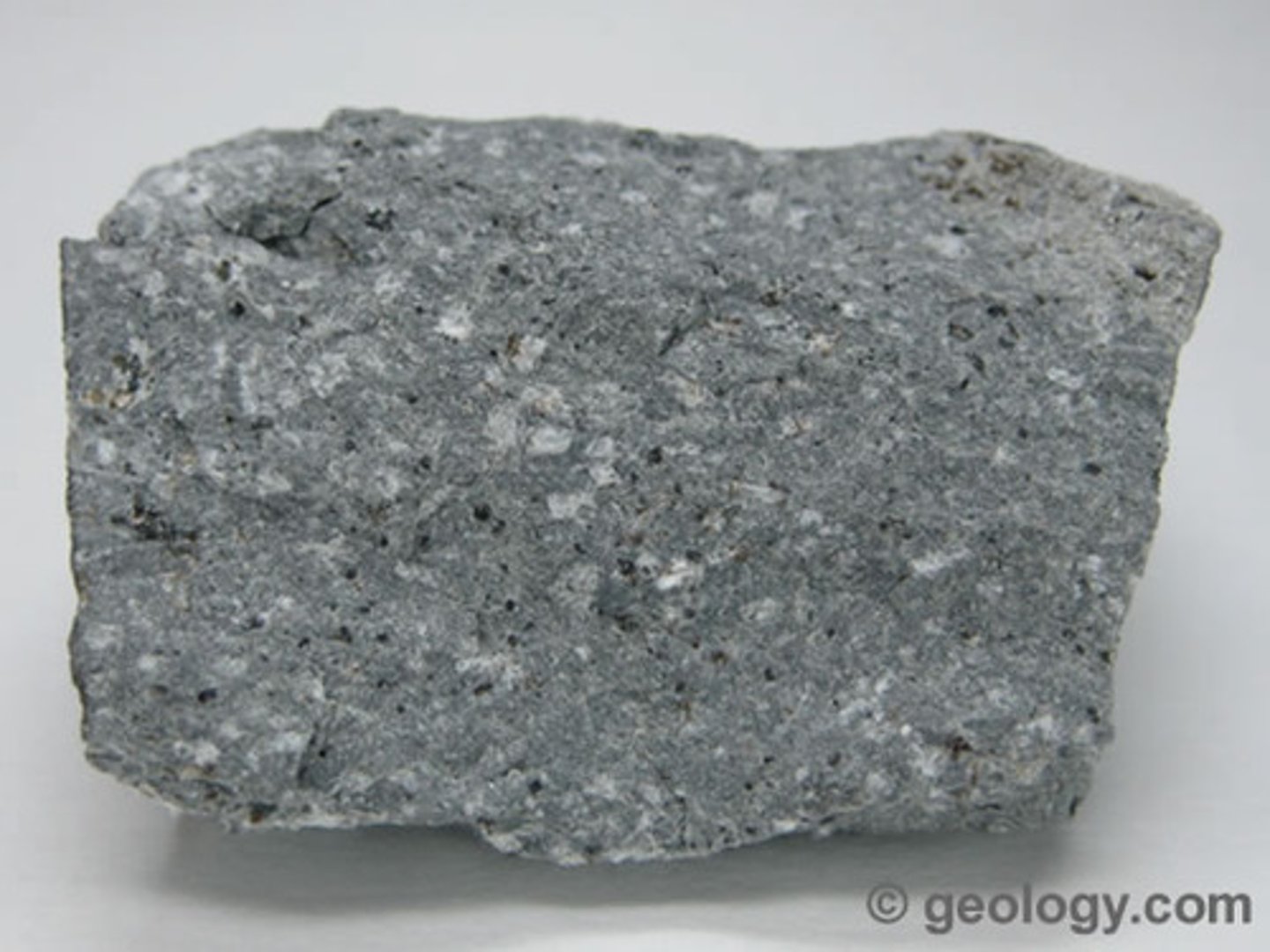
breccia
clastic
SiO2
poorly sorted
alluvial fan
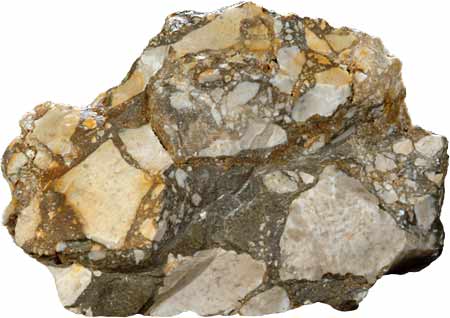
sandstone
clastic
SiO2
moderately sorted
shallow marine environment
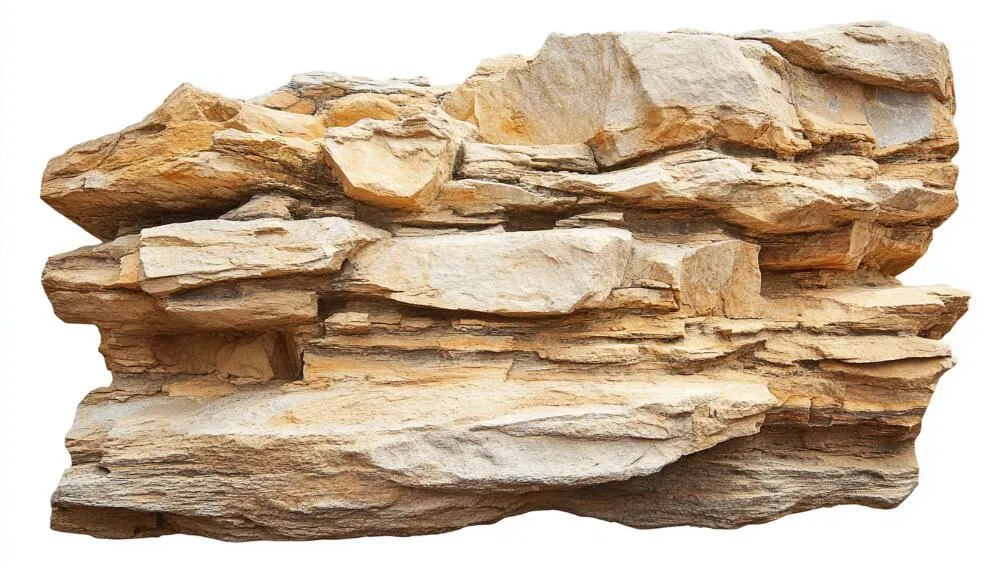
ichnology tells us about . . .
water depth
currents
food supply
rate of deposition
two examples of igneous rocks
basalt
granite
Alfred Wegener
scientist accredited with first establishing the idea of plate tectonics
animals classified into what two groups
vertebrates and non-vertebrates
biozone
fundemental unit used in biostratigraphy
tectonic settings
cratonic
orogenic
cratonic tectonic setting
slow subsidence
slow uplift
no volcanoes
orogenic tectonic setting
fast-subsidence
fast uplift
volcanoes
graded bedding
coarser sediment at the bottom
finer sediment at the top
product of turbidity currents
mud crack
indicates current direction
indicates post-depositional deformation
dried clay found in lakes
forms on the interface between bed